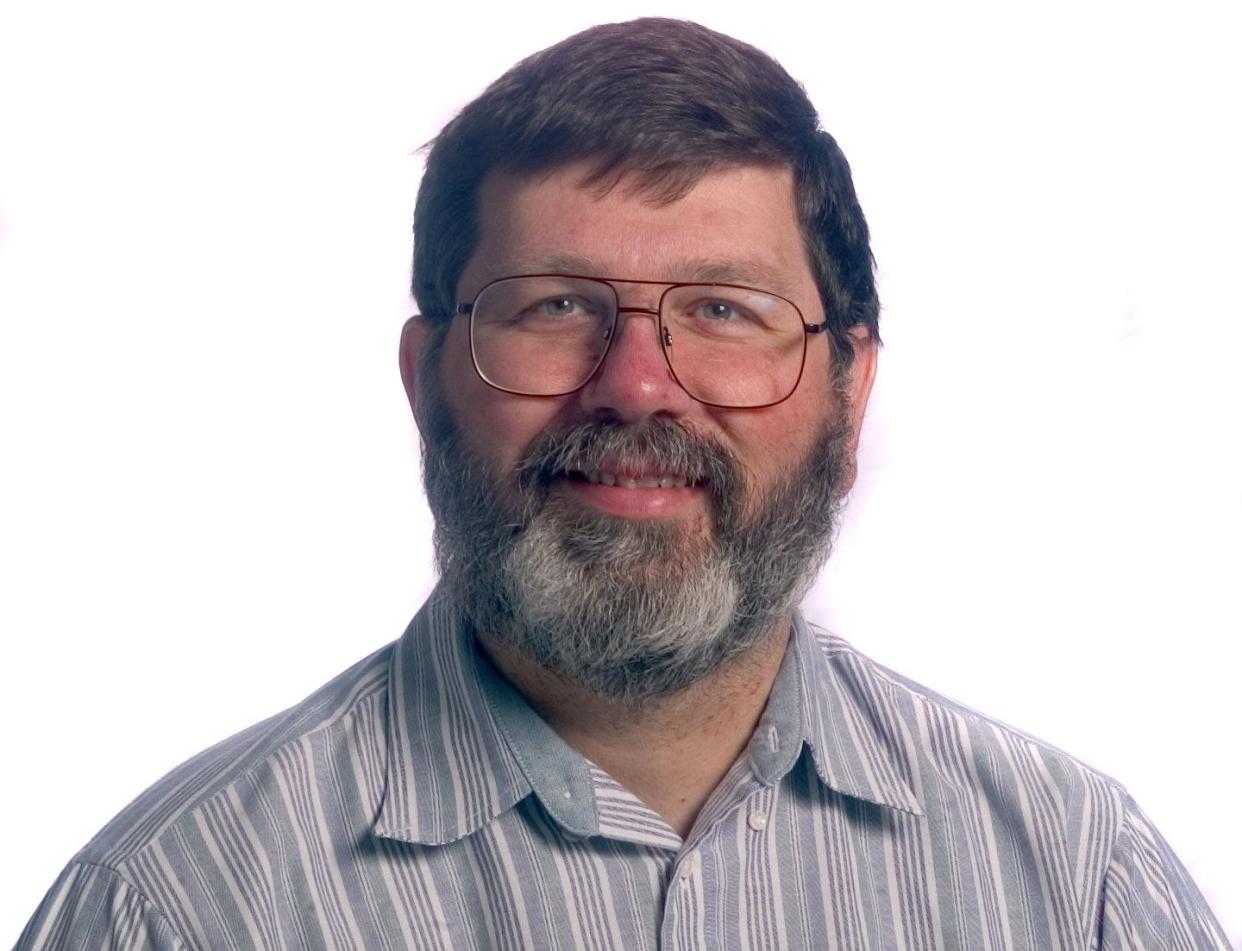In religion, music was meant for the masses (in both senses of that word)

In my last article, I spoke of several mass-produced sources of music that came in the form of magazines and other periodic issues. They were affordable and put a great amount of music into individual hands.
Today, we shall consider other music for the masses.
Those in the Jewish and Christian traditions are well-versed in the prayer/songbook of both religions, the book of Psalms. These prayers and songs were useful for corporate and personal devotion. Many of them were committed to memory for recollection at various points in life.
Many of us in the older generation still can recite psalms like “The Lord is my shepherd” or “All people that on earth do dwell” in one translation or another that we had memorized in our youth. There are many settings of the psalms by many composers, from ancient to modern times.
Since ancient times, the repetition of liturgies and litanies has enhanced worship. In my collection, I have hymnals from several Christian traditions and we can see how the liturgy has been shaped and changed through the years.
In my graduate school days, I was fortunate to take a class on Liturgics taught by one of the foremost church musicians in the School of Music. Her leadership inspired me to attend a constituting convention for church musicians a couple of years after taking her course. Sadly, I moved away from that emphasis in my life, but I retained the interest.
There is another set of music that really was intended for the masses, double meaning noted. J.S. Bach worked as a church musician and needed to produce volumes of his own music for worship used in the Masses of his congregation for the masses to hear.
The Christian church had developed a liturgical calendar in which it considered the life and events of its central figure, Jesus of Nazareth. Bach wrote religious music based on texts to be considered for these days.
When I was in Leipzig several years ago, I was able to spend an afternoon at Thomaskirche and heard one of the Bach cantatas performed. They are still relevant church music today.
Bach wrote Masses based on passion stories. And he wasn’t alone.
Many composers have followed suit and taken the Mass for the Dead and written their own versions of the Requiem. Again, both older (Mozart, Beethoven, etc.) and modern (Bernstein, Lloyd Weber, etc.) composers have written ordinary and funeral Masses.
New liturgical settings are published regularly for consideration by one church body or another. The traditions share as well. Even in the Lutheran Church, we sing the Celtic Alleluia that I first heard in a Catholic mass.
Church music is much deeper than hymns and praise songs. Liturgy, the psalms, and other service music offer inspiration to countless worshippers. In other words, music for the masses in both senses of the word.
Richard Tiegs is a singer and violist at heart.
This article originally appeared on Iowa City Press-Citizen: A look at how religious music was aimed at the masses

